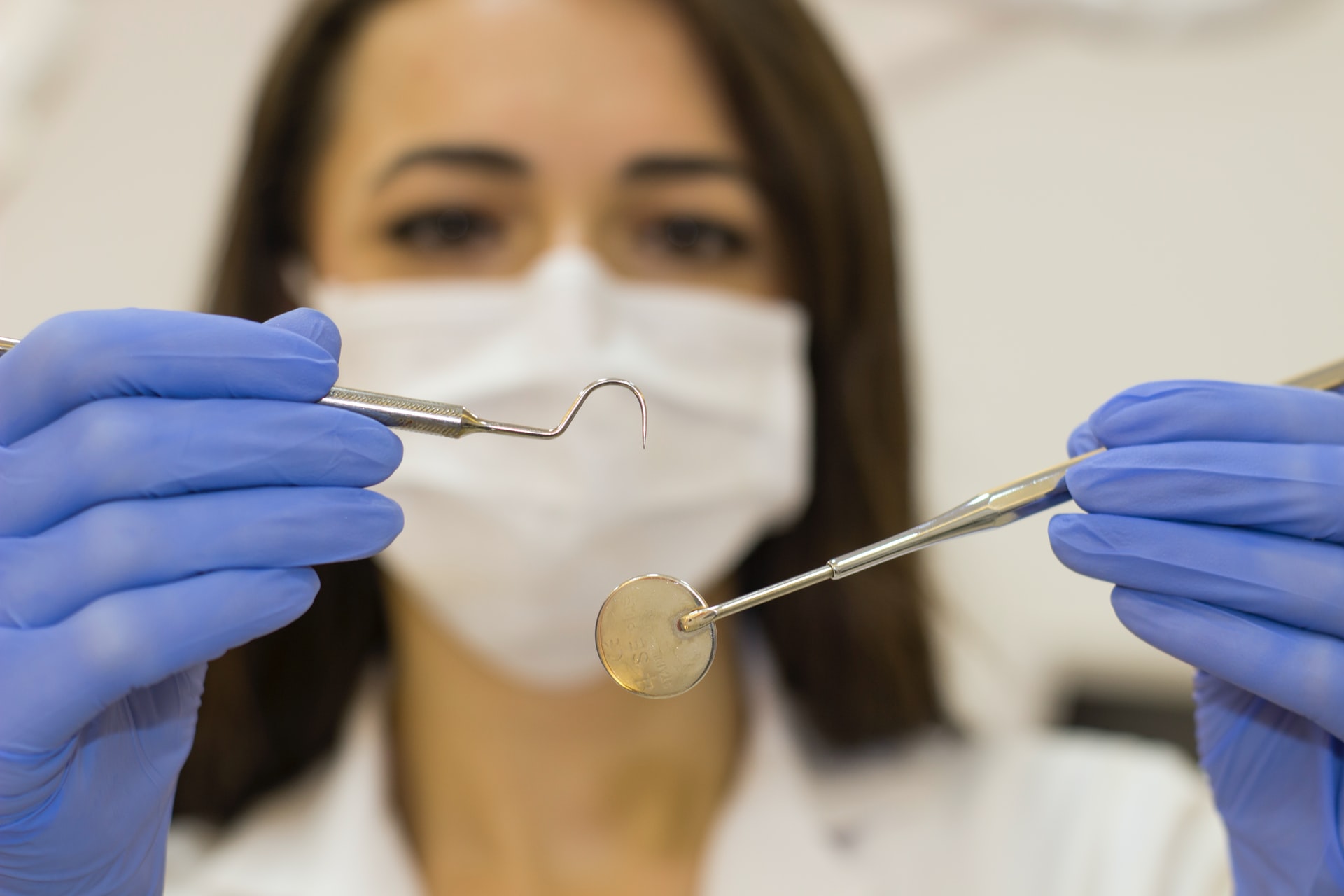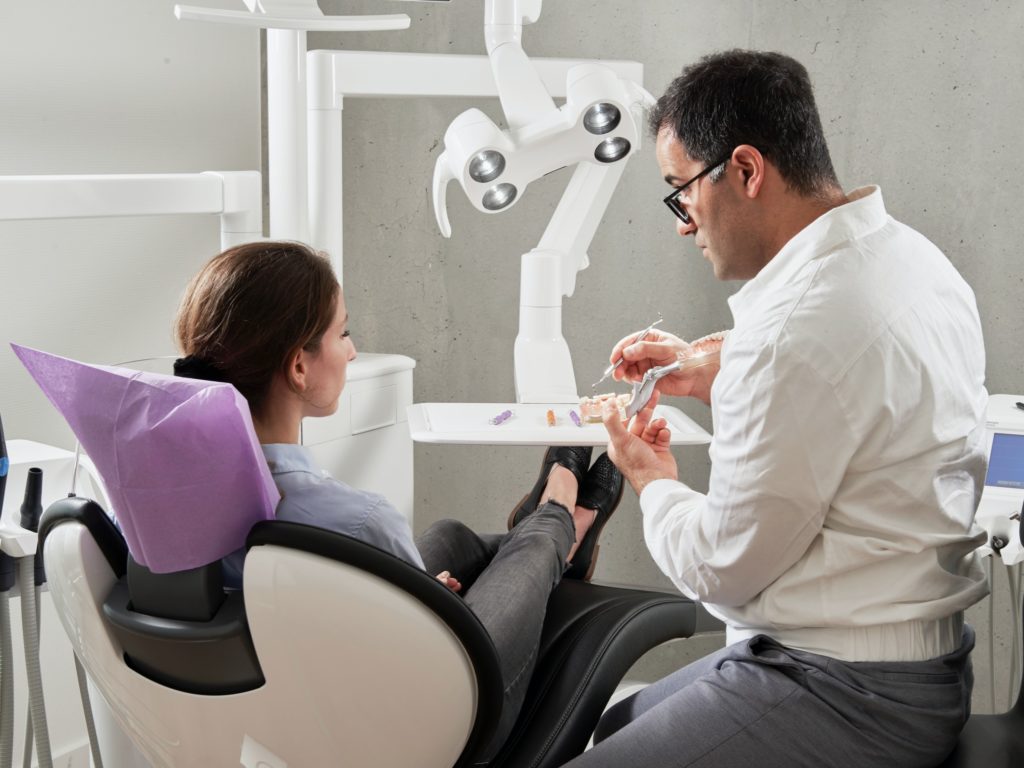Teeth whitening is more than a simple aesthetic treatment; it will allow you to regain the confidence that the discoloration of your teeth may have caused. The color of your teeth will change over the years. Smoking and diet can also accentuate this change.
Teeth whitening is one of those procedures that have been gaining traction in the past couple of years, and this is why we need to know more about this procedure. So, without further ado, let’s dive into this blog and learn some of the things you ought to know about teeth whitening.
The different techniques of teeth whitening at the dentist

There are many methods of teeth whitening at the dentist. The most common are listed below.
Laser whitening
This method consists of applying a protective cream on the lips before putting on the retractor. It is a device that allows you to keep your mouth open during the entire session. Afterward, the dentist will protect the skin of your face, the mucous membrane of your mouth, and your gums before putting the bleaching agent on your teeth. The results will only be seen after a few hours.
Dental lamp whitening
This teeth-whitening method uses the same principle as the previous one. The only difference is that it uses a cold blue light that will act on a gel previously applied to your teeth. You should know that this technique is also used in smile bars. However, these bars are not as well equipped as the dentist in case of a problem.
Teeth whitening does not last forever.
To help you make your choice, check with your dentist. We can tell you about the solutions and all the products available so that you can make an informed decision. Sometimes simply improving your brushing technique or getting a professional cleaning (the general recommendation is every six months) will leave you with noticeably whiter teeth. Whatever whitening system you choose, remember that the effects won’t last forever. It’s only a matter of time, months, or years before your teeth need a touch-up.
It is impossible to predict how much sensitivity and pain you will experience after a whitening treatment. Some treatments include a desensitizing gel, such as amorphous calcium phosphate (ACP), which can help when applied before or after whitening unless your dentist recommends ibuprofen before or after treatment.
Even a desensitizing toothpaste containing fluoride, or fluoridated mouthwash, can make a difference: Fluoride is a very good dental desensitizer. If you’re having trouble with a take-home kit, try suspending treatment for two or three days before continuing, or apply the whitener for half the prescribed time. If you prefer to grit your teeth and endure the pain, remember that discomfort tends to be temporary.
Preparations to make before tooth whitening
A few things need to be done before proceeding with teeth whitening at the dentist, such as performing a thorough mouth examination. This will help identify the right whitening technique to apply. The dentist will then make sure that what you need is indeed a whitening instead of another method.
He or she will also check that you do not have any problems with this technique. This could be cavities or an allergy to the whitening product. The latter can cause irreversible damage or hypersensitivity problems.
The dentist must also estimate the reference color of your teeth in order to be able to compare the result with the state of your old teeth.
The different steps of teeth whitening

Whichever teeth whitening technique you have adopted at the dentist’s office, it takes place in several stages:
-
- There is scaling, which consists of removing tartar to facilitate the application of the whitening agent.
- The dentist proceeds to the protection of the soft tissues by using a protective cream.
- The dentist applies a whitening agent such as hydrogen peroxide or peroxide to whiten the teeth.
Sound off in the comments section below, and tell us what you want to read next and if you want to read more about teeth whitening.


